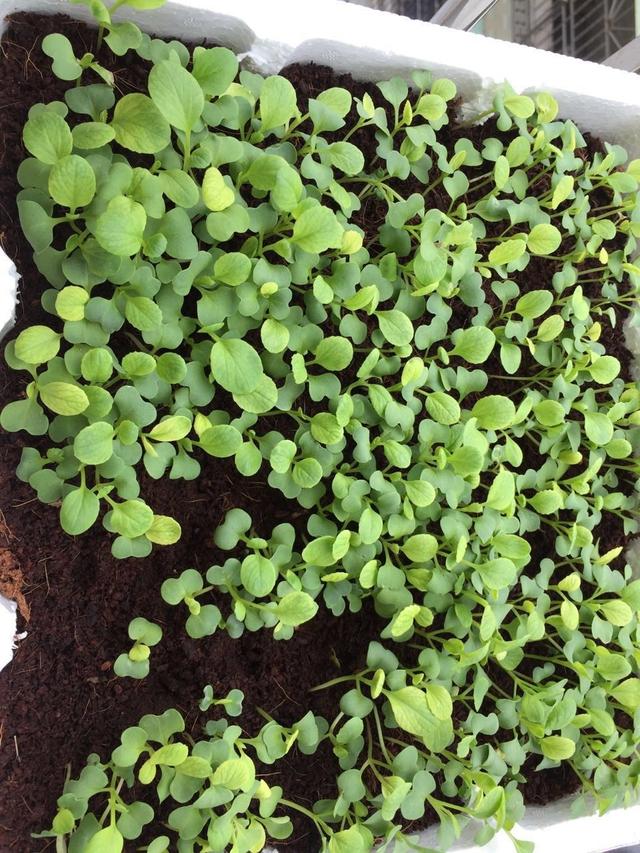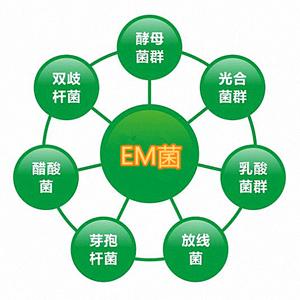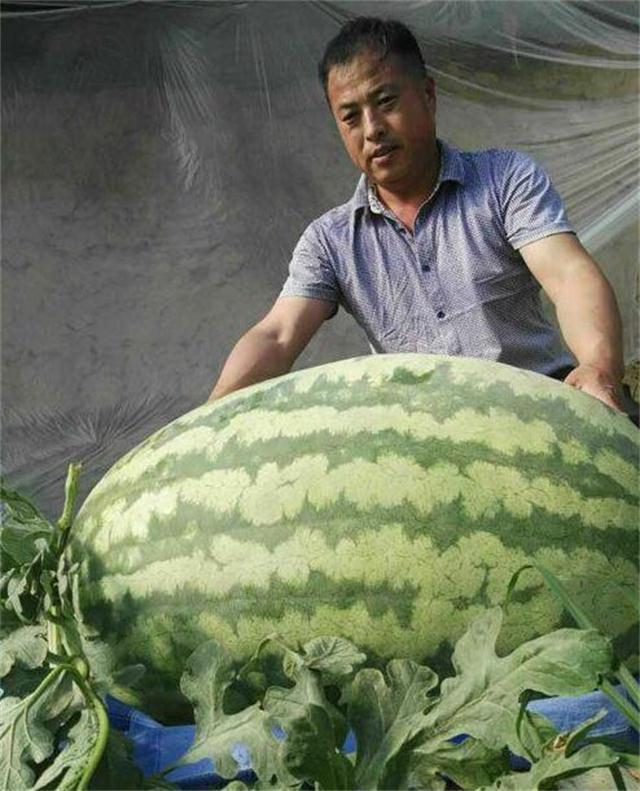"ask and answer" about transplanting, growing worms and fertilizers.
[A question and answer for growing vegetables] There are not many issues at the beginning, but there are really many netizens who consult. In the future, we will increase the frequency of publishing, so that more friends can see it. For those who have problems, please come!
Question 1
Anna: Can you help me see if my vegetables can be transplanted?

[Reply]: It's still a little early for transplantation. Let's thin out the seedlings first, that is, pull out some seedlings. Looking at the density, we need to remove at least half of them first. As for the transfer time, at least the third true leaf can be transplanted. It has just emerged and is not suitable for transplantation.
Question 2
Hua Fenglin: What about this kind of bug with a lot of beans?
[Reply]: Unfortunately, these are aphids. Beans love to give birth to aphids, and it is difficult to grow so many. You can try this way. Spray other places where there are not many insects with pepper water or pepper water to avoid more places. If you dare to attack the places where the insects are particularly dense, you can use your hands to completely remove them, or remove all the insects and leaves, and then see how the effect is.
Question 3
Reading Life: Urine, plant ash, how to use these ah? How often do you fertilize these things, and at what stage?
[Reply]: Different fertilizers have different effects. Urine is a good natural nitrogen fertilizer, mainly to promote luxuriant neck leaves and vigorous growth, while plant ash is mainly composed of phosphorus and potassium, which is more suitable for fruit vegetables, such as tomatoes and potatoes. As for what stage to use, this is also determined according to different vegetables and different periods. For example, leafy vegetables are suitable for watering nitrogen (urine) throughout the growth cycle, while potatoes are more suitable for plant ash as a base fertilizer in the soil.
Question 4
"Fish many": two days ago a careless cucumber pot overturned, and then become like this, heartache. I wonder if I'll recover in a few days?
[Reply]: It seems that the problem isn't big. I can recover. I have to be careful when I turn back. It's been such a long time.
Question 5
"I am not a stupid child": What is nitrogen fertilizer? Is bean dregs poured directly onto seedlings?
Nitrogen fertilizer can promote the division and growth of plant cells, accelerate leaf growth, so that more leaf area is used for photosynthesis, and promote the healthy growth of the whole plant. Nitrogen fertilizer is suitable for the whole growth cycle of leaf-and-stem vegetables and the early application of melons and fruits, but nitrogen fertilizer should be controlled in the middle and late stages of melons and fruits, so as to avoid fruit greediness, which is not conducive to maturity.
Mildewed and inedible beans, peanuts, melon seeds and so on are good nitrogen fertilizer raw materials, after fermentation, poured in the soil, is a good nitrogen fertilizer. Bean dregs need to be soaked in water and fermented. It is best to pour them into the soil.
Pay attention to the micro * letter * public * number "love-zhongcai" to get more knowledge of growing vegetables.
Related
- A course of planting techniques and methods on how to grow carrots
- How to plant the latest tulips?
- Is it better to pick tea in the morning or in the afternoon? When is the best time for tea to be picked? what is the third or fifth tea?
- Launch Yuanxiao Happy combination Haocha + Tea Yuan healthy Taste
- Penghu Tourism "Fireworks 20 Parade with You"
- 2022 West Lake Happiness holds "Digital Revitalization Voucher" and draws iphone13 and laptop.
- Banqiao Fuzhou social houses are designed to change start-up combined with police elimination to create a safe and livable environment
- The convenient measure of "mechanical weeding" in Xinbei has been abused and the Agriculture Bureau has imposed heavy penalties on the illegal land consolidation.
- Changgeng University Joins Hands with Four Memory Factories to Rescue Memory Talent Shortage
- The list of Taiwan's top 100 MVP managers is listed by the Director-General of the Farmers' Association of Sanxia District.



